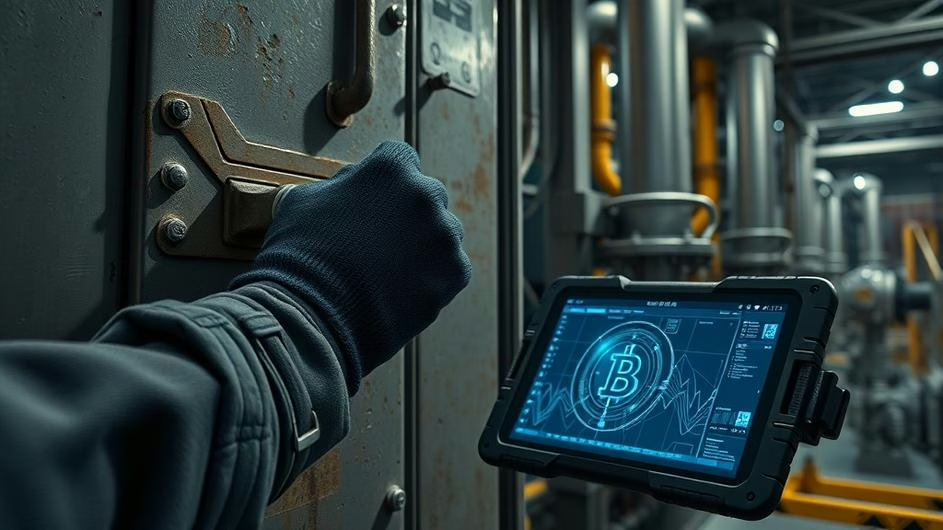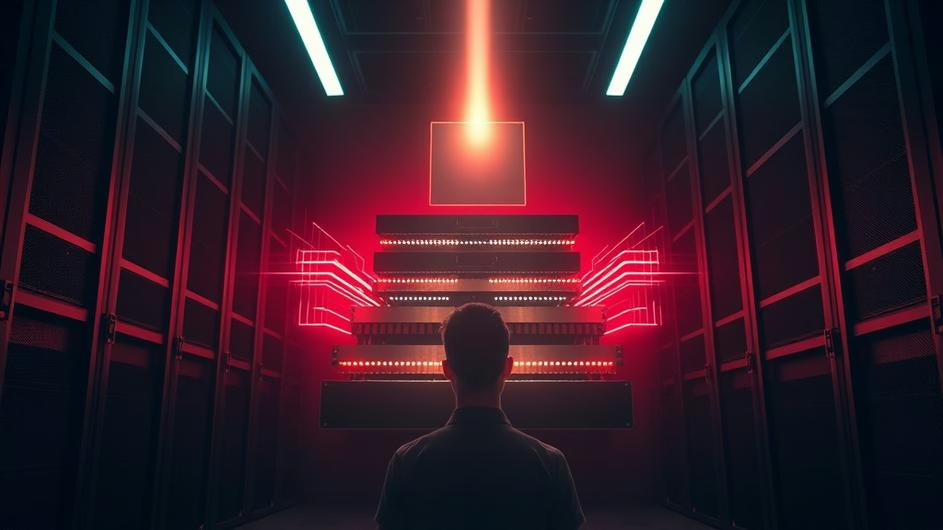
Blockchain Unveiled: Understanding the Backbone of Digital Trust and Transformation
Remember when blockchain was just that mysterious tech powering Bitcoin? Those days feel ancient now. Today, blockchain sits at the center of heated debates about digital trust, decentralization, and how we’ll handle online transactions in the future. But here’s what traders, developers, and tech investors really want to know: what makes blockchain genuinely different, and why should anyone care beyond the crypto hype?
Breaking Down Blockchain: It’s Not Just Another Database
Think of blockchain technology as a shared digital ledger that can’t be tampered with. Picture a notebook that gets copied across thousands of computers worldwide. Every time someone makes a transaction or transfers an asset, it gets locked into a “block” and chained to the previous block. This creates an unbreakable sequence where each block depends on the one before it.
What’s fascinating is how this simple concept solves a massive problem. Once data gets written to the blockchain, changing it requires consensus from the majority of the network. That’s not just difficult, it’s practically impossible at scale. This is why Bitcoin’s security model has never been successfully attacked despite being worth over a trillion dollars.
Every participant (called a node) keeps their own copy of this ledger. New transactions only get added when most of the network agrees they’re valid. This consensus mechanism prevents double-spending, the classic problem that plagued early digital money attempts. You can’t spend the same Bitcoin twice because the entire network would reject the fraudulent transaction.
From Digital Gold to Smart Contracts: Blockchain’s Evolution
Bitcoin introduced blockchain to the world as a public transaction ledger. Every Bitcoin transfer gets recorded permanently and transparently. This transparency was radical because it meant two strangers could transfer value globally without needing a bank or payment processor as an intermediary.
But developers quickly realized blockchain’s potential stretched far beyond digital money. Why limit this technology to just recording payments when it could track anything requiring verification and trust?
Enterprises started experimenting with supply chain tracking, digital identity management, and secure document storage. Smart contracts on Ethereum opened up entirely new possibilities. These self-executing contracts automatically trigger when conditions are met, no humans required.
Consider how DeFi protocols work today. When you stake ETH or provide liquidity to a decentralized exchange, smart contracts handle everything automatically. No bank manager decides whether to approve your transaction. No clearing house processes your trade. The code executes exactly as programmed, which is both powerful and risky.
Consensus Mechanisms: The Engine Behind Decentralization
Here’s where blockchain gets technically interesting. Consensus algorithms let distributed networks of computers validate transactions independently while reaching collective agreement.
Bitcoin uses Proof of Work, where miners compete to solve computational puzzles. Ethereum switched to Proof of Stake, where validators are chosen based on their stake in the network. Newer blockchains experiment with hybrid models trying to balance security, speed, and energy efficiency.
These consensus systems eliminate single points of failure. No central authority can shut down Bitcoin or manipulate its ledger. This decentralization comes with trade-offs though. Bitcoin processes about 7 transactions per second compared to Visa’s 65,000. That’s why layer-2 solutions like Lightning Network exist to handle smaller, faster payments.
Ethereum’s transition to Proof of Stake reduced its energy consumption by 99% but introduced new concerns about centralization as large staking pools accumulate more influence.

Real-World Challenges: Storage, Privacy, and Scalability
Blockchain isn’t perfect, and the problems are becoming more apparent as adoption grows. Storage requirements keep expanding relentlessly. Bitcoin’s blockchain has grown to over 650 gigabytes, and that’s just one network. Ethereum nodes need even more space when you include all the smart contract data.
The bigger issue for many users is privacy. Public blockchains make every transaction visible to anyone with an internet connection. Your Bitcoin wallet balance and transaction history are completely transparent. This radical openness conflicts with basic privacy expectations.
Some companies need blockchain’s benefits without public visibility. That’s driving interest in private blockchains and privacy-focused solutions like zero-knowledge proofs. But these approaches often sacrifice some of blockchain’s core advantages like public verifiability.
Scalability remains blockchain’s biggest technical hurdle. Ethereum can handle about 15 transactions per second, causing network congestion and expensive gas fees during busy periods. Layer-2 solutions help, but they add complexity and sometimes compromise security.
What’s Next: Blockchain Beyond Finance
We’re seeing blockchain applications emerge in unexpected places. Supply chain management uses blockchain to track products from manufacture to consumer. Healthcare systems are exploring blockchain for secure patient data sharing. Even voting systems are experimenting with blockchain-based elections.
The intersection of blockchain with other emerging technologies looks promising. IoT devices could use blockchain to securely share data and micropayments. AI systems might use blockchain marketplaces to buy and sell training data.
Regulatory clarity is slowly emerging too. The EU’s Markets in Crypto-Assets regulation and similar frameworks worldwide are providing the legal certainty enterprises need to adopt blockchain solutions at scale.
The Bottom Line for Tech Professionals
Blockchain technology is maturing from experimental curiosity to production infrastructure. Major corporations are building blockchain-based systems for everything from cross-border payments to carbon credit trading.
For developers, understanding blockchain opens doors to high-paying positions in a rapidly growing field. For investors, blockchain represents a fundamental shift in how digital value gets created and exchanged. For policymakers, it’s a technology that challenges traditional regulatory frameworks.
The question isn’t whether blockchain will reshape digital infrastructure. It’s already happening. The real question is which applications will prove most valuable and which technical challenges will get solved first. Early adopters who understand blockchain’s capabilities and limitations will help define what our digital future looks like.
Sources
- “What Is Blockchain?” IBM. Accessed June 2024.
- “Blockchain.” Wikipedia. Accessed June 2024.
- “What is a blockchain?” Coinbase. Accessed June 2024.
- “Blockchain Facts: What Is It, How It Works, and How It Can Be Used.” Investopedia. Accessed June 2024.
- “What is Blockchain Technology?” Amazon AWS. Accessed June 2024.






























































































